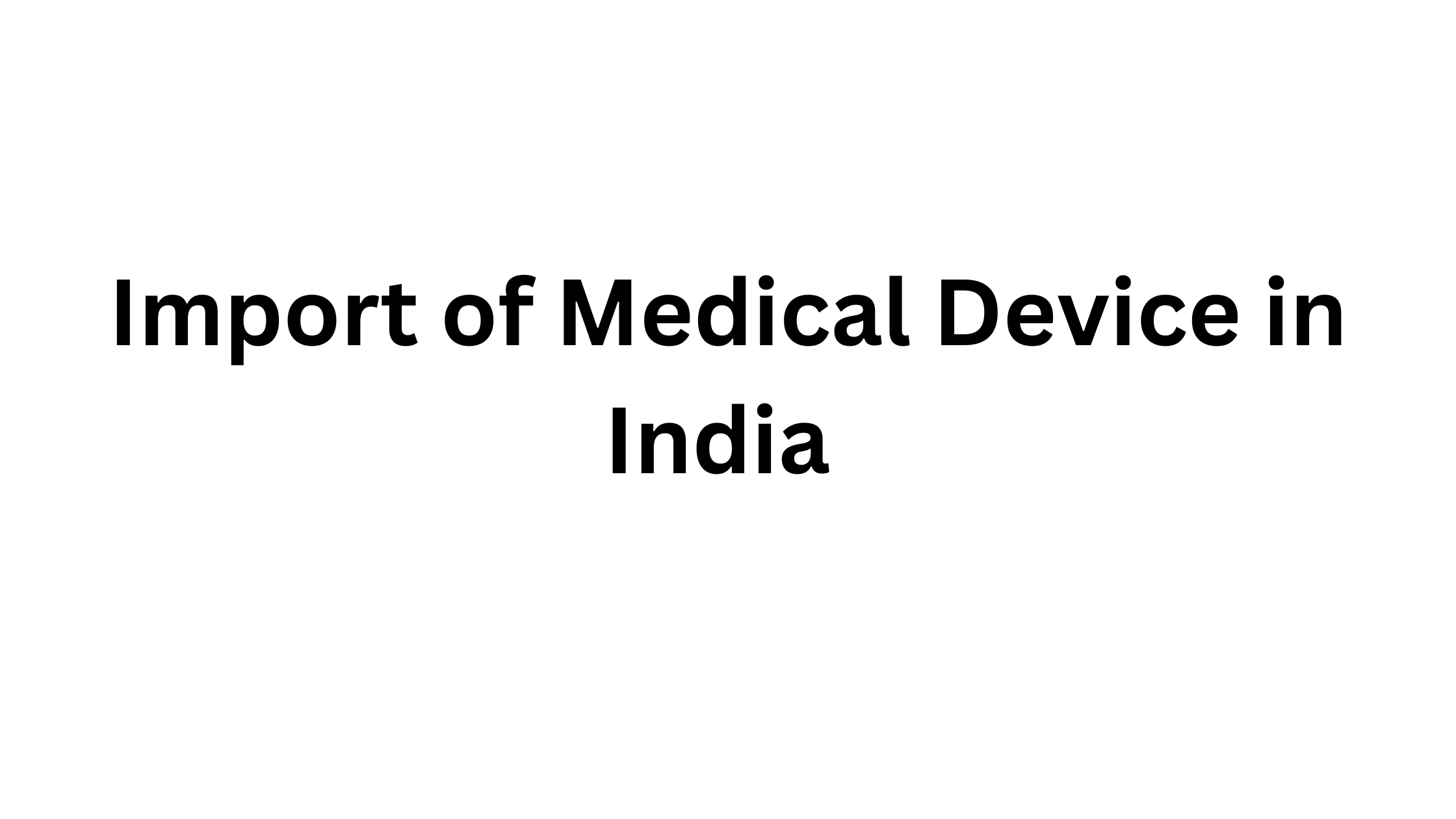Introduction
India's healthcare sector is rapidly expanding, with a growing demand for advanced medical devices. To ensure the safety and efficacy of these devices, the Central Drugs Standard Control Organisation (CDSCO) regulates their importation. This guide provides a detailed overview of the steps and requirements for importing medical devices into India in 2025.
1. Understanding the Regulatory Authority: CDSCO
The CDSCO, under the Ministry of Health and Family Welfare, is the national regulatory authority responsible for the approval and regulation of medical devices in India. It ensures that all medical devices imported into the country meet the required safety and quality standards.
2. Classification of Medical Devices
Medical devices in India are classified based on their risk levels:
- Class A: Low risk
- Class B: Low to moderate risk
- Class C: Moderate to high risk
- Class D: High risk
The classification determines the regulatory pathway and documentation required for importation.
3. Licensing Requirements
To import medical devices into India, obtaining an import license is mandatory. The process involves:
- Form MD-14: Application for import license.
- Form MD-15: Granted import license upon approval.
The MD-15 license is valid indefinitely, provided the license retention fee is paid as prescribed.
4. Step-by-Step Application Process
Step 1: Appoint an Authorized Indian Agent
Foreign manufacturers must appoint an authorized agent in India who holds a valid wholesale license (Form 20B & 21B) or a manufacturing license (Form MD-5 or MD-9).
Step 2: Register on the SUGAM Portal
The agent must register on the CDSCO's SUGAM portal to initiate the application process.
Step 3: Submit Form MD-14
The agent submits Form MD-14 along with the required documents through the SUGAM portal.
Step 4: Evaluation by CDSCO
CDSCO reviews the application, and upon satisfaction, grants the import license in Form MD-15.
5. Documentation and Compliance
Essential documents for the application include:
- Device Master File
- Free Sale Certificate
- ISO 13485 certification
- CE marking or equivalent
- Labeling and packaging details
- Post-market surveillance plan
Compliance with labeling standards and post-market surveillance is crucial for maintaining the import license.
6. Fees and Timelines
The application fee varies based on the device classification. The processing time for the import license typically ranges from 6 to 9 months, depending on the completeness of the application and the class of the device.
7. Common Challenges and Solutions
- Incomplete Documentation: Ensure all required documents are accurate and complete.
- Incorrect Classification: Consult experts to determine the correct device classification.
- Delays in Approval: Engage with regulatory consultants to streamline the application process. Satoriocs.com
Conclusion
Importing medical devices into India involves navigating a structured regulatory framework established by the CDSCO. By understanding the classification, licensing requirements, and compliance obligations, importers can ensure a smooth entry into the Indian market.
FAQs
1. What is the role of the CDSCO in medical device importation?
The CDSCO regulates the importation of medical devices to ensure they meet safety and quality standards.
2. How do I determine the classification of my medical device?
Classification is based on the intended use and risk associated with the device. Consulting the CDSCO guidelines or a regulatory expert can help determine the correct classification.
3. Is it mandatory to have an Authorized Indian Agent for importation?
Yes, foreign manufacturers must appoint an authorized Indian agent to apply for the import license.
4. What are the consequences of non-compliance with CDSCO regulations?
Non-compliance can lead to rejection of the import license application, penalties, or prohibition from importing devices into India.
5. Can I import medical devices without ISO 13485 certification?
ISO 13485 certification is generally required as it demonstrates compliance with quality management systems for medical devices.

